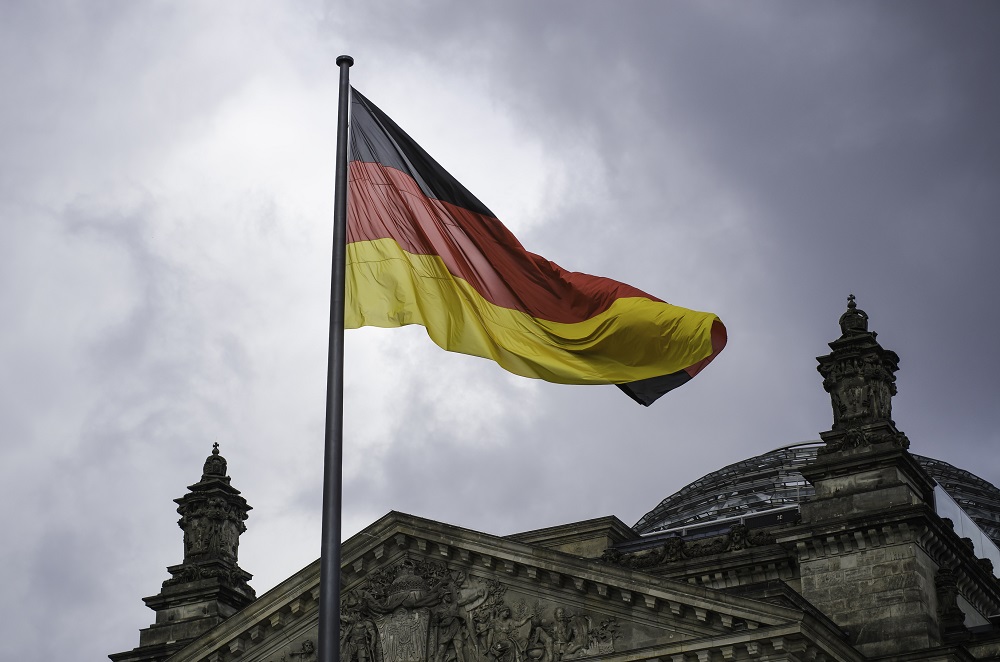
Germany: The new German Design Act: more than just a new name?
1 April 2014, Munich
The German Design Act was amended as of 1 January 2014.
The most important changes are:
New name
For many decades, German designs were called “Geschmacksmuster”. This rather old-fashioned term has now been replaced by the modern name “eingetragenes Design” (registered design), which is also easily understood on an international level. However, this modernisation only applies to German national designs but not to Community designs which are still called “Gemeinschaftsgeschmacksmuster”. So far, no revision has been announced. Time will tell whether right holders consider the new name more attractive and whether they will use proprietary notices like “geschützt durch ein eingetragenes Design” (protected by a registered design) more often.
Multiple applications
Multiple German design applications, which may comprise up to 100 single designs, do not now have to concern designs falling within the same product class. Therefore, a multiple application may now contain for example watches, jewellery and clothing.
This change might lead to considerable cost savings for applicants that file a higher number of designs for different products. However, this advantage does not apply to Community designs.
Invalidity proceedings with the German PTO
In the past, all invalidity proceedings against German designs had to be initiated with the competent civil court. As of January 2014, a special Division of the German Patent and Trade Mark Office (PTO) is responsible for any kind of invalidity proceedings against registered designs, except for counterclaims in design infringement proceedings. The invalidity decisions rendered by the German PTO can be appealed to the Appeal Senate of the Federal Patent Court, and in some cases to the Federal Supreme Court.
As before, design invalidity claims can be based on absolute grounds (e.g. lack of novelty or individual character) or relative grounds (i.e. earlier third party rights). The new proceedings resemble OHIM’s invalidity proceedings against registered Community designs.
However, the reform also introduces a new mechanism, which is known from non-use revocation proceedings against German trade marks: if an invalidity motion is filed with the German PTO and the design owner does not object thereto within one month from the service of this motion, the design will be cancelled without any further examination.
It will be interesting to see whether the lower costs will encourage more defendants in invalidity proceedings or even unrelated third parties to initiate invalidity proceedings against registered designs.
Infringement proceedings
In design infringement proceedings, there is now a presumption that the registered design is valid, comparable to the respective rules for Community designs. Therefore, in such a case, the defendant cannot simply defend himself by challenging the validity of the registered design. For that purpose, he must now file a counterclaim for declaration of the invalidity of the registered design or an invalidity motion with the German PTO.
If invalidity proceedings are pending at the German PTO, the court may suspend the infringement proceedings if it considers the design as null and void. In this respect, the proceedings resemble the proceedings regarding Community designs.
Conclusion
Besides the new terminology and some changes in the formal application process, the transfer of the responsibilities for the invalidity proceedings to the German PTO is the most relevant change introduced by the new German Design Act. Time will tell whether the new invalidity proceedings are indeed less costly, quicker and more efficient.
Originally published in DesignWrites 3rd Edition.








